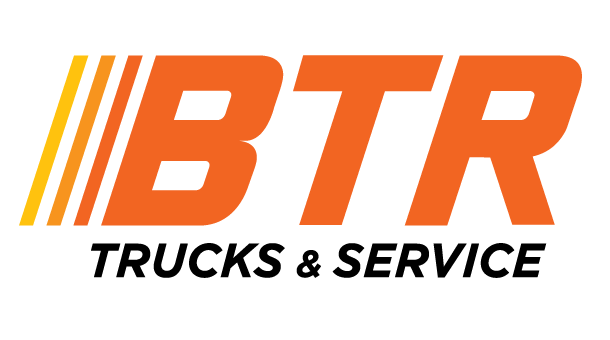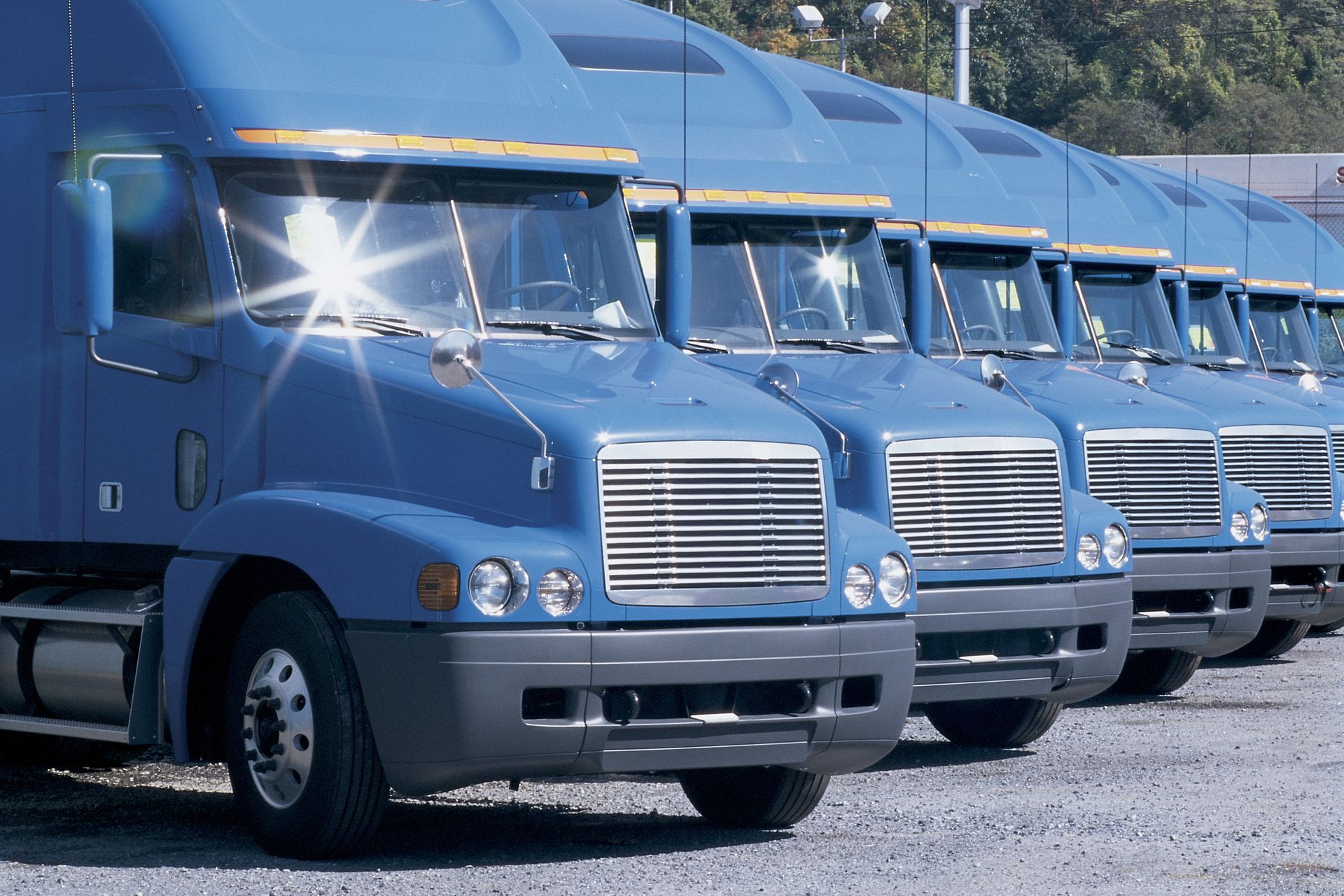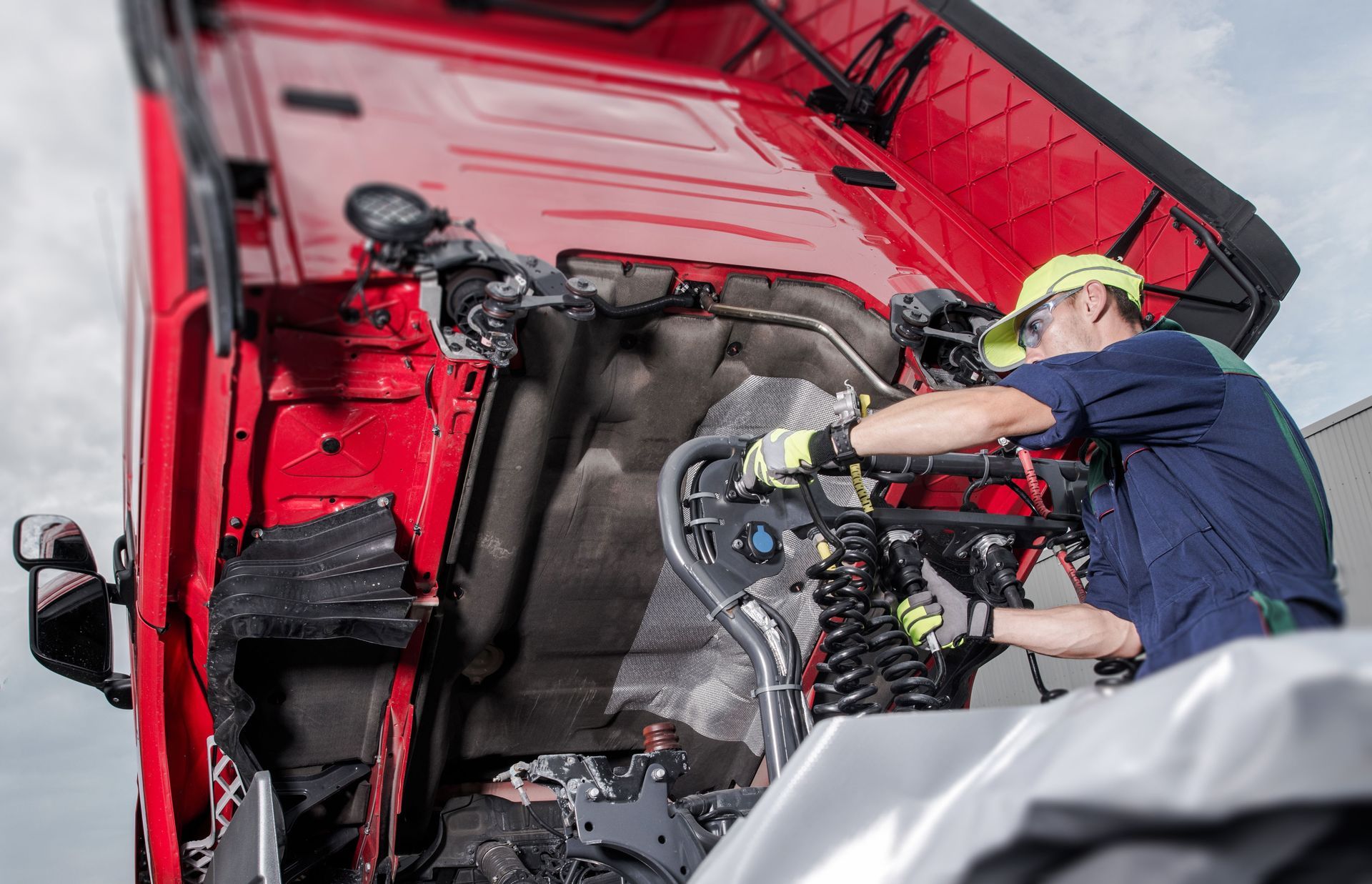September 19, 2025
The transportation industry is a critical component of the global economy, with semi trucks playing a major role in the delivery of goods across vast distances. Understanding the vital role of semi truck repair and maintenance is crucial in ensuring Department of Transportation (DOT) compliance. With over 13 million trucks registered in the United States and 2.9 million classified as semi-trucks, according to Truckinfo.net, the scale of responsibility for maintenance is substantial. This article aims to explore the multi-faceted relationship between truck maintenance, safety, operational efficiency, and legal responsibility.
Maintaining Regular Maintenance Practices
Regular maintenance is fundamental in ensuring that semi trucks meet the stringent safety standards mandated by the DOT. Routine checks allow operators to identify and rectify potential safety hazards that might lead to serious accidents. By dedicating time to regular maintenance, businesses can significantly reduce the risks of malfunctioning parts that can endanger drivers and other road users. The DOT requires compliance with safety standards to safeguard the well-being of all, making maintenance an indispensable practice for any fleet.
Unexpected breakdowns can cause both financial strain and major operational setbacks, which is why consistent maintenance is essential. A strong maintenance program helps identify problems early, reducing the frequency and severity of costly failures. This proactive approach to semi truck repair not only keeps vehicles in top condition but also minimizes downtime while boosting productivity. Regular upkeep further supports DOT compliance by ensuring trucks remain reliable, safe, and legally fit for the road.
Routine maintenance is key to extending the lifespan of semi trucks and ensuring maximum return on investment. By addressing wear and tear through regular check-ups, businesses can prolong the functionality and efficiency of their fleets. This not only delays the need for costly replacements but also aligns with DOT mandates on vehicle integrity and safety. Prolonged vehicle lifespan contributes to a more sustainable operation, aligning with the increasing industry focus on environmental responsibility. Consequently, consistent maintenance practices serve both economic and regulatory functions, making them invaluable to fleet managers.
Addressing Common DOT Compliance Issues
The braking system is one of the most vital components of a semi truck, requiring regular attention to ensure safety and compliance. Neglecting necessary inspections and maintenance can result in brake failures, which constitute serious violations of DOT safety regulations. Such lapses not only put drivers at risk but also increase the likelihood of fatal accidents involving other vehicles on the road. Routine semi truck repair is essential to keep braking systems fully functional, protecting both the driver and surrounding traffic. Overall, maintaining a well-functioning braking system is critical for operational safety and adherence to federal regulations.
Steering and suspension issues are common problems that arise from neglect, often leading to severe compliance violations. These components directly influence a vehicle’s stability and handling, making them crucial to safe driving practices. Malfunctions can result in loss of control, posing significant hazards on the road and consequently threatening DOT compliance. Ensuring these systems are regularly serviced helps prevent such dangers and maintains operational efficiency. DOT regulations are stringent in this regard, emphasizing the need for thorough inspections and prompt repairs to ensure the safety and reliability of commercial vehicles.
Lighting is a crucial safety feature on any vehicle, especially on large trucks where visibility is essential. Malfunctions in a truck’s lighting system can create serious hazards and are often flagged as compliance issues by the DOT. Regular semi truck repair helps ensure that all headlights, tail lights, and signal lights are fully functional, reducing the risk of accidents. Truck operators must routinely inspect and address any lighting problems to maintain both safety and regulatory compliance. Keeping all lights in proper working order is not only a legal obligation but also a key measure to protect the driver and surrounding traffic.
Implementing Routine Inspections Effectively
Pre-trip inspections are vital for ensuring a truck’s compliance with DOT safety standards before commencing a journey. These inspections involve a thorough examination of the vehicle's essential systems and components, ensuring everything is in optimal condition. This proactive measure is a critical step in preventing equipment failures while on the road, thereby ensuring safety and compliance. According to DOT regulations, these inspections are mandatory, involving a detailed checklist to assess vehicle readiness. Adhering to pre-trip inspection protocols minimizes the risks associated with potential breakdowns and ensures that safety standards are upheld consistently.
Post-trip inspections are just as important as pre-trip assessments, offering a vital opportunity to identify maintenance needs immediately after a journey. These inspections involve evaluating critical systems and recording any issues encountered during operation, allowing for timely semi truck repair and maintenance planning. By addressing problems discovered during post-trip checks, fleet operators can prevent minor issues from escalating into serious compliance violations. The DOT requires these inspections to ensure ongoing vigilance in vehicle safety and regulatory adherence. Consistently implementing thorough post-trip inspections is essential for maintaining compliance and supporting the overall reliability of your fleet.
The DOT requires annual comprehensive inspections to ensure all commercial vehicles meet federal safety standards. These rigorous inspections assess every aspect of a truck’s mechanical fitness, from brakes to emissions systems. During these inspections, any non-compliance issues must be addressed promptly to avoid penalties and maintain the vehicle's operational status. Regular participation in these inspections is an integral part of legal compliance, and documentation of these processes provides an audit trail for regulators. Annual inspections also offer a broader perspective on fleet health and sustainability, encouraging continuous improvement in maintenance practices.
Maximizing Safety and Efficiency Through Compliance
Non-compliance with DOT regulations can lead to substantial fines and penalties for fleet operators. These financial costs can be severe, especially if multiple violations occur, emphasizing the importance of maintaining compliant vehicles. Regulatory bodies impose these penalties to enforce adherence to safety standards, highlighting the legal seriousness of compliance failures. For businesses, the prospect of these costs should serve as a deterrent against neglecting maintenance and repair responsibilities. By prioritizing compliance, fleet operators not only avoid fines but also contribute to a safer transportation environment.
Insurance premiums for a fleet are heavily influenced by its compliance record, with non-compliance often driving costs higher. Regular semi truck repair and maintenance help ensure that vehicles meet DOT standards, reducing the risk of violations. Frequent compliance breaches can label a business as high-risk, resulting in significantly higher insurance premiums. By keeping a strong compliance record, operators not only avoid penalties but also benefit from lower long-term insurance costs.
Non-compliance can lead to business downtime, as trucks may be taken off the road for failing to meet safety standards. This operational disruption can result in lost contracts and a damaged reputation, affecting the bottom line of transportation companies. By maintaining regular maintenance schedules and ensuring all vehicles are up to standard, businesses can avoid these costly interruptions. Maintaining compliance ensures that operations remain uninterrupted, preserving customer relationships and operational commitments. Therefore, investing in compliance is an investment in business continuity and reputation management.
Ultimately, understanding the importance of semi truck repair in meeting DOT standards is crucial for any fleet operator. By embracing comprehensive maintenance practices, businesses can navigate the challenges of compliance effectively, ensuring a safer and more profitable future. This commitment to quality and compliance not only benefits the individual companies but also reinforces the overall safety and reliability of the entire transportation network.






